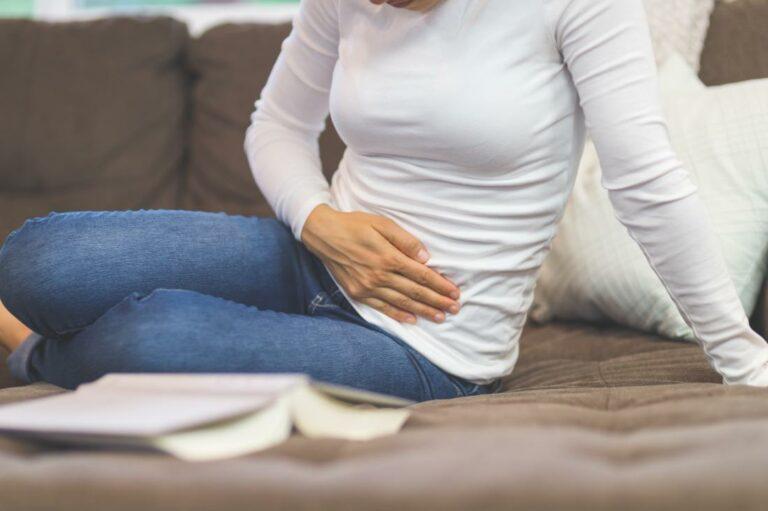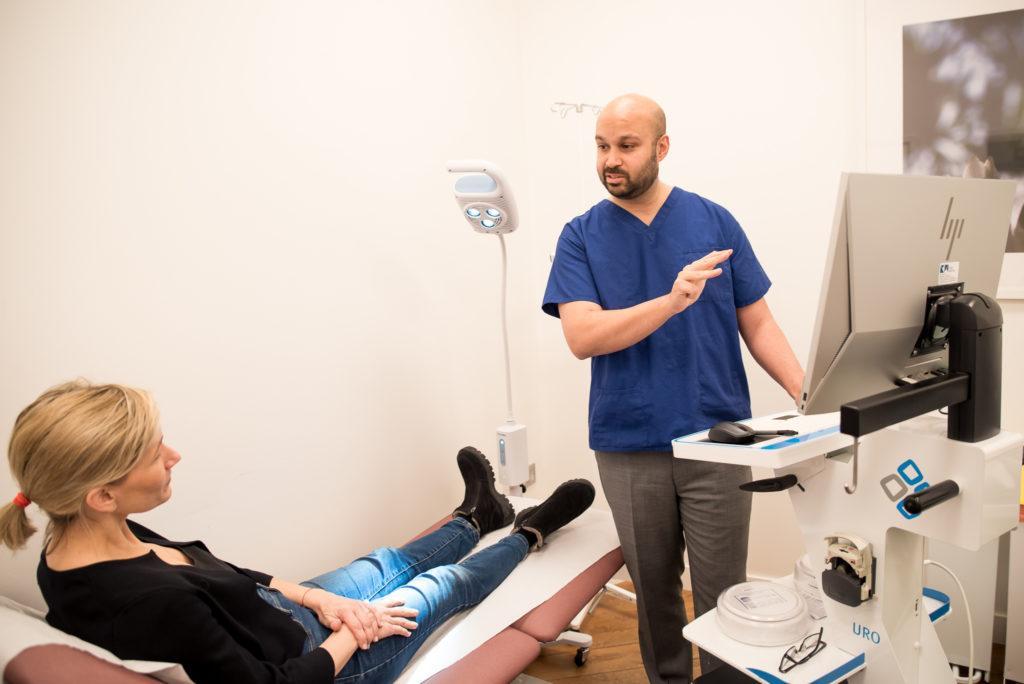How to Help a Weak Bladder

What is a Weak Bladder?
This is a common term, used by many people to describe their ‘bladder habits’ or confidence in their bladder behaviour. ‘Weak Bladder’ may be used to refer to a perceived smaller bladder capacity, when frequency of urination may be noted to be more than the people around you. Generally, the term is used in the context of an ‘Overactive Bladder’ which refers to the symptom complex of needing to pass urine urgently, and this is a desperate feeling that can not be ignored. For many people, if a toilet is not found quickly, this may lead leakage of urine. This problem can cause frequent trips to the bathroom during the daytimes, afternoons or night, and even cause bedwetting.
The Overactive Bladder is a spectrum which can affect women and men of all ages from 18 onwards. Mild symptoms although a nuisance can be ignored, whilst moderate to severe symptoms can greatly affect confidence and freedom, as the individual may be constantly planning their schedules around a toilet.
Other causes of frequent urination
Dietary factors can cause increased urination such as:
- Caffeine
- Fizzy or sugary drinks
- Alcohol
Other causes of urinary frequency include:
- urinary tract infection or sexually transmitted infection
- incomplete bladder emptying
- bladder outflow obstruction (due to an enlarged prostate, urethral stricture or high tone pelvic floor)
- weak detrusor muscle (or poorly contractile bladder)
- a reduced bladder size due to previous nerve injury
- previous radiation treatment to the pelvic area
- bladder pain syndrome/interstitial cystitis
- bladder stones
- a knock on effect of other gynaecological conditions such as endometriosis
- Endocrine conditions such as diabetes mellitus or diabetes insipidus
- and also bladder or prostate cancer.
Things to do at home
Simple measures that can be performed at home include keeping a bladder diary over 2-3 days and nights, to track the times of urination and ideally the volumes of urination, through voiding into a disposable plastic measuring jug. This provides a objective map of bladder activity. If caffeine consumption is high, then reducing caffeine intake or intake of fizzy/sugary drinks may significantly improve symptoms if these are the cause. Distraction techqnues and bladder training can also be used to defer urination, but needs to be done carefully to not overdistend the bladder either.
Treatments available
As many conditions can cause increased urination, it is important to get assessed by a specialist to identify the cause. Simple medication with bladder relaxant medication are commonly used to provide better bladder control and restore confidence. A doctor would need to prescribe these after counselling.
Beyond medication there are also simple treatments commonly used such as Bladder Botox therapy or acupuncture based nerve stimulation.
If the frequency is bladder infection related, then getting the infections under control is also necessary. If the issue is related to bladder outflow obstruction, then again generally treating the cause will help. For interstitial cystitis conditions, instillation of a healing and soothing medication into bladder is also performed.

